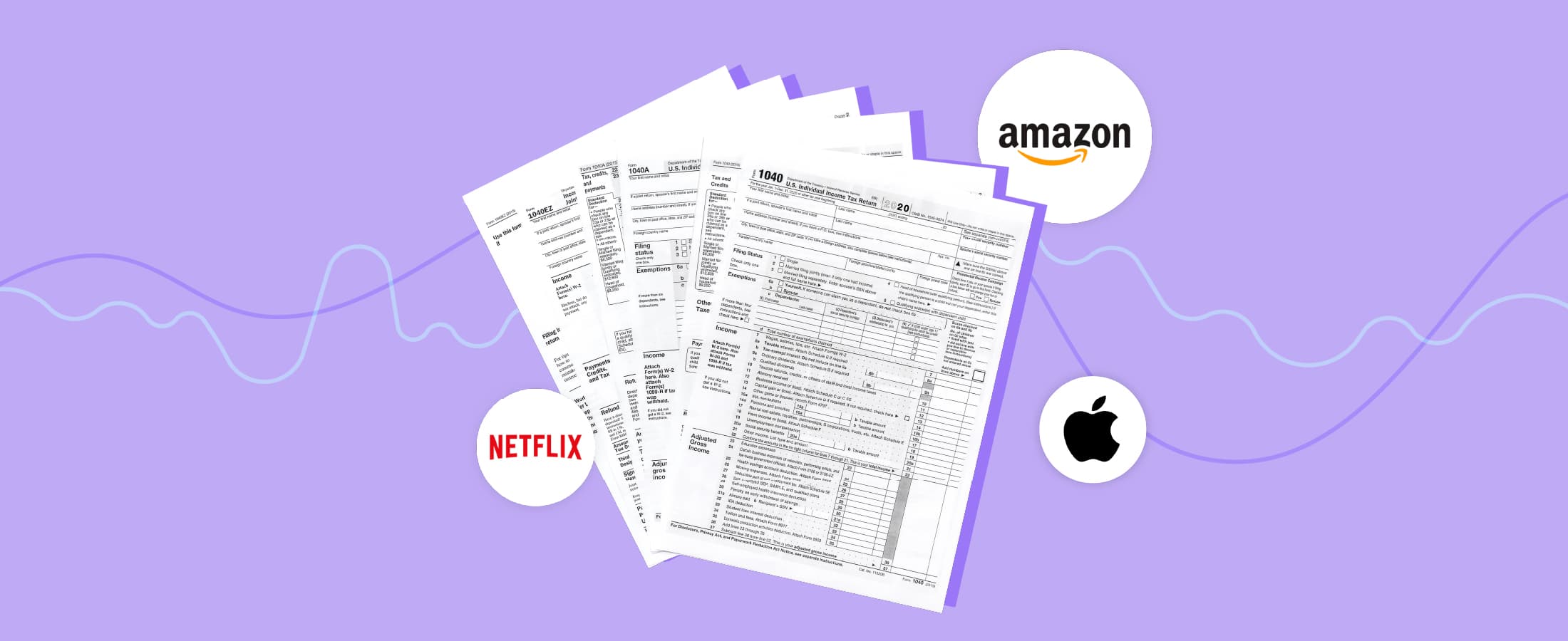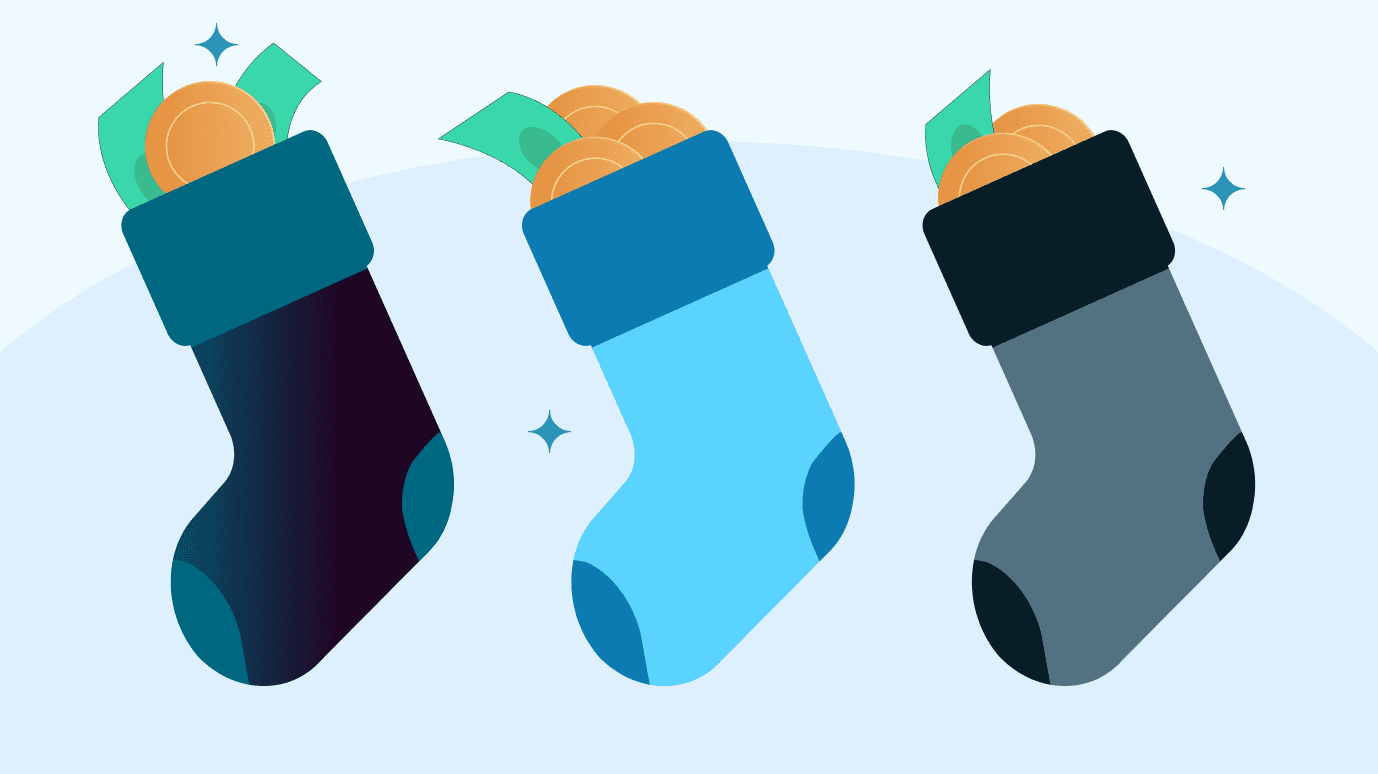Jun 18, 2020
How Investments Are Taxed
When you’re filing your taxes, it’s important to know what you may have to pay on investments.

Just like your paycheck or your property, you’ll probably have to pay taxes on income that you earn from the money that you’ve invested.1
If you already invest your money, you probably know that you have to pay taxes on the money you’re putting into the market. But you might not know when or why. In a standard brokerage account, you may have to pay taxes on investments that earn money when you decide to sell them, and on most dividends earned from investments.
We’ll explain when you might have to pay taxes on your investments, and the different rules that might apply to you.
Taxes on capital gains
If your investments increased in value and you decided to sell them, you will probably have to pay taxes on that sale. This kind of tax is a capital gains tax. Let’s say you buy a share of a stock at $20 and its value increases to $60 while you hold it. When you decide to sell your share at $60, that increase in value, or profit, once realized, is called a capital gain. The profit is “realized” when you sell it.
There are two different kinds of capital gains, and the amount of tax you pay on those gains depends on this type:
Short-term gains are earnings on investments that you held for less than a year.
Long-term gains are earnings on investments that you’ve held for more than a year.
Short-term capital gains are essentially taxed at the same rate as your ordinary income for federal income tax purposes, and that rate can be nearly twice as high as the rate for long-term capital gains. The top ordinary income rate, for example, is currently 37%. The top long-term capital gain rate is 20%.
Good to know: There are seven ordinary income tax brackets ranging from 10% to 37%. There are only three long-term capital gain brackets: 0%, 15%, and 20%. So the longer you keep your money invested, the less you’re likely to pay in taxes.
Say for example that you invest $200 in a company’s stock and the value of your investment increases to $250. If you sell your shares after less than a year, you’ll pay the short-term tax rate on your gains. So if your tax rate is 24% (based on your income), then you’ll pay $12 in capital gains tax. If you sell your shares after a year, you’ll pay the long-term tax rate of 15%, or $7.
This might seem like a small difference, but the more money you invest, the bigger this difference can be. Remember that you won’t pay taxes on the money you first invested, but only its increase in value once you sell that investment.
Another thing to keep in mind is your capital losses or the losses you incur if you sell an investment that has decreased in value. If you lost more than you’ve gained in a given year, you might be able to deduct that value from your taxable income when you file.
How dividends are taxed
A dividend is a portion of a company’s earnings, paid out to shareholders. Some people reinvest their dividends automatically with a dividend reinvestment plan or DRIP2, which you can set up with your Stash account if you have one. Whether you reinvest your dividends or not, you’ll likely have to pay taxes on dividend earnings, at the same rate as your income is taxed. So if your income is taxed at 24%, dividends you earn are also taxed at that rate.
An exception is something called a qualified dividend, on which you’d pay the lower long-term capital gain rate. Generally speaking, a qualified dividend is for a stock that you’ve held for a period of 60 to 90 days, usually within a specified window of time counted from something called the ex-dividend date.
Taxes on retirement savings
Retirement accounts such as 401(k)s, 403(b)s, and both traditional and Roth IRAs can provide you with some tax benefits. Gains in retirement accounts are generally not subject to taxes as long as you make no withdrawals from the accounts prior to age 59 1/2. With the exception of Roth accounts, which are funded with post-tax dollars, you pay ordinary income taxes on the amounts you withdraw once you’ve reached retirement age.
If you close your retirement account prior to reaching age 59 ½, the money you earn will also be subject to taxes, plus an additional 10% penalty. (Generally speaking, if you do something called a rollover, which means you transfer your retirement account from one financial institution to another, there are no taxes or penalties.)
You can learn more about 401(k)s and IRAs here.
Tax forms you should know about
You may have already filed your taxes this year or you might not have, given that the deadline for filing was pushed to July 15, 2020 due to the Covid-19 pandemic. If you have a Stash account, Stash will provide you with the forms you need regarding your investments. For the 2019 tax year, you can access those forms here.
You will have tax documents from Stash if you:
You received dividend payments greater than $10 from your Stash Invest investments in 2019
You received more than $10 in interest on your Stash Invest account
You made a withdrawal from your Stash Retire IRA of $10 or more, or
You sold an investment in your Stash Invest account in 2019.
You received dividends on any stock owned, or any stock sold.
You will also generate a form 5498 if you made a contribution to your retirement account during 2019.
If you invest elsewhere, you’ll need to get the above forms and information from the brokerage or company you use to invest. And remember, everyone’s tax situation is different, so remember to do your own research and consider working with a tax professional.

Investing made easy.
Start today with any dollar amount.
Related articles

investing
Dec 11, 2025
How to Invest through the Holidays—Without the Stress

investing
Oct 23, 2025
Why Millions Are Canceling Disney+ and Hulu and What It Means for Investors

investing
Aug 15, 2025
Money Insights

investing
Jul 07, 2025
How to start investing: a guide for beginners

investing
Jun 04, 2025
Growth Stocks to Invest in for 2025

investing
Jun 03, 2025
Sustainable Investing Stocks to go after in 2025
By using this website you agree to our Terms of Use and Privacy Policy. To begin investing on Stash, you must be approved from an account verification perspective and open a brokerage account.
